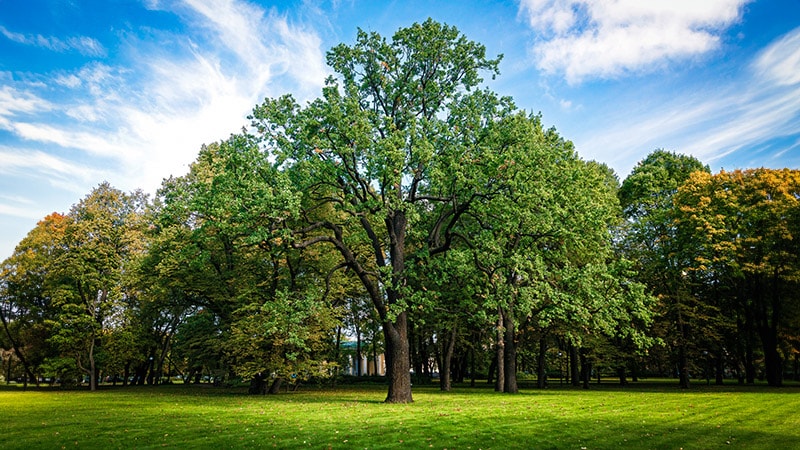Core Concepts
Stricter EU air quality standards to achieve zero pollution by 2050.
Abstract
The European Council presidency, in collaboration with Parliament representatives, has reached a provisional political consensus to implement stricter rules addressing air pollution in the EU. The primary objective is to achieve a zero-pollution environment within the EU by 2050. Despite progress in air quality over the past three decades, air pollution remains a significant cause of premature mortality, leading to 300,000 premature deaths annually. The proposal aims to align EU air quality standards with WHO recommendations, introducing interim targets for 2030 and enhancing air quality monitoring to support local authorities in achieving cleaner air. The revised directive establishes specific standards for various air pollutants, proposing reductions in annual limit values for substances like PM 2.5 and NO2. Member states may request deadline extensions under specific conditions, and action plans are outlined for areas exceeding pollution limits.
Clearing the Air: The EU's Pollution Battle Plan
Stats
The proposal aims for a zero-pollution environment in the EU by 2050.
Air pollution causes 300,000 premature deaths annually in the EU.
Reduction in annual limit values proposed for PM 2.5 and NO2.
Quotes
"The overarching goal is to realize a zero-pollution environment in the European Union (EU) by the year 2050."
"Air pollution remains the foremost environmental cause of premature mortality, resulting in an annual toll of 300,000 premature deaths."
Key Insights Distilled From
by Drishti Agar... at www.medscape.com 02-22-2024
https://www.medscape.com/viewarticle/clearing-air-eus-pollution-battle-plan-2024a10003jg
Deeper Inquiries
How can the EU ensure that member states effectively implement the proposed air quality standards?
To ensure effective implementation of the proposed air quality standards, the EU can employ several strategies. Firstly, the EU can establish a robust monitoring and reporting mechanism to track member states' progress in meeting the set standards. Regular assessments and reviews can help identify areas of non-compliance and provide necessary support and guidance to member states. Additionally, the EU can offer financial incentives or penalties to incentivize compliance with the standards. Capacity-building programs and technical assistance can also be provided to help member states enhance their air quality monitoring and enforcement capabilities. Collaboration and knowledge-sharing among member states can further facilitate the exchange of best practices and successful strategies for improving air quality.
What potential challenges could arise in achieving the zero-pollution goal by 2050?
Achieving the zero-pollution goal by 2050 poses several challenges that need to be addressed. One major challenge is the need for significant investments in clean technologies and infrastructure to reduce emissions from various sources, including transportation, industry, and agriculture. Resistance from certain industries or sectors that may be adversely affected by the transition to cleaner practices could also pose a challenge. Additionally, changing consumer behavior and promoting sustainable lifestyles to reduce pollution levels may face resistance or inertia. Addressing disparities in air quality across different regions within member states and ensuring equitable access to clean air for all populations are also significant challenges. Coordination and cooperation among member states, as well as with international partners, will be crucial to overcoming these challenges and achieving the zero-pollution goal.
How can individuals contribute to reducing air pollution in their communities?
Individuals can play a crucial role in reducing air pollution in their communities through various actions. One effective way is to reduce personal vehicle use by opting for public transportation, carpooling, biking, or walking whenever possible. Choosing energy-efficient appliances and reducing energy consumption at home can also help lower emissions. Supporting local initiatives for renewable energy and advocating for clean air policies at the community level can create a positive impact. Properly maintaining vehicles, reducing idling, and avoiding the burning of waste or wood can further contribute to cleaner air. Educating oneself and others about the importance of air quality and taking steps to raise awareness within the community can foster a culture of environmental responsibility and sustainability. By making conscious choices and adopting eco-friendly practices, individuals can actively contribute to reducing air pollution in their communities.
0
